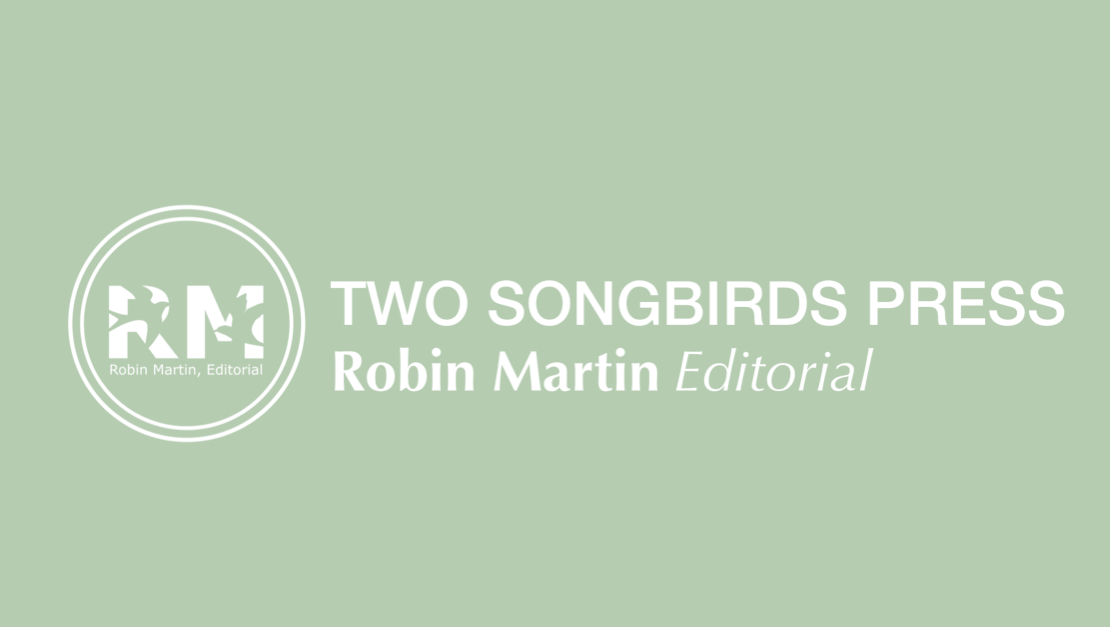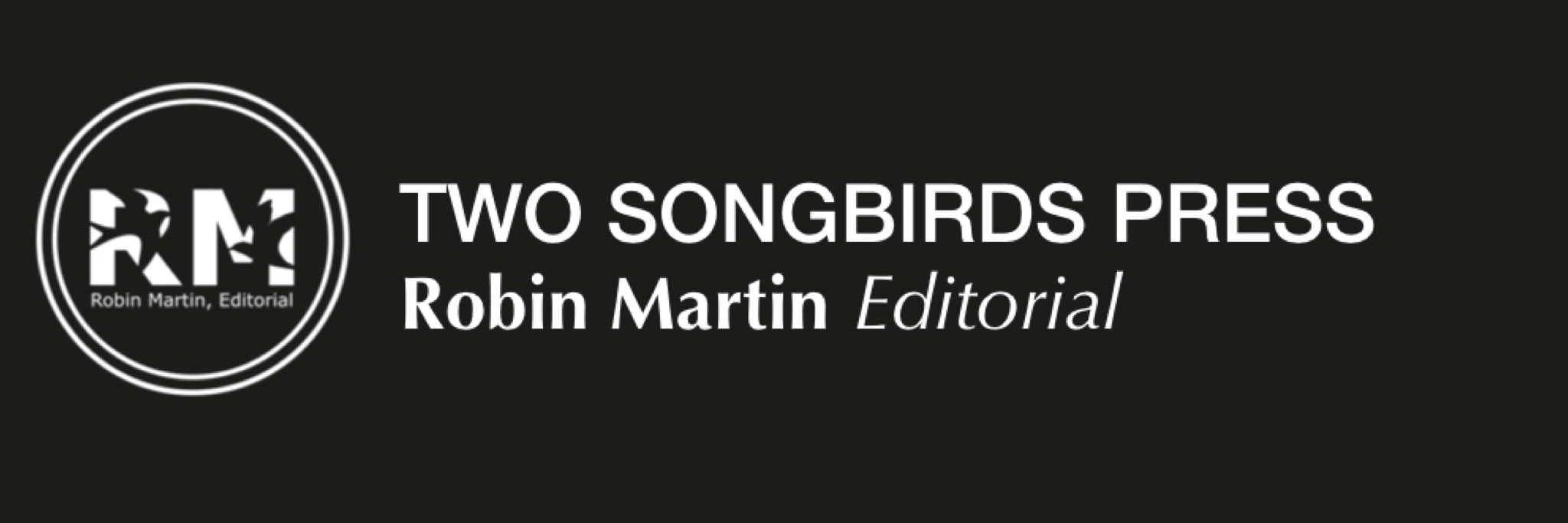- January 6, 2010
- Robin Martin
- No Comments

As fiction writers complete their novels, if they don’t want to keep them to themselves in a drawer, trepidation soon replaces jubilation, for it is time for them to send the work into the world to find readers. Each year, only a fraction of fiction writers complete the traditional process of querying and signing with an agent, pitching and selling their book to a large publishing house, and seeing their books appear on the shelves of mainstream booksellers. Few writers understand either the process or the options available to them, which puts them at an even higher risk for failure. This is why a group of writers, of which I am a part, researched and compiled a white paper on the subject.
Options in publishing, as discussed in the white paper, How fiction writers can get their work into the hands of readers, 2009: A report of options in publishing, include: traditional large houses that require the writer first obtain an agent, no small feat; small presses, which don’t require that writers have an agent for submission, but because they limit the number of titles they purchase, competition is very high; and self-publishing and digital publishing options, which are growing in popularity as technology makes it easier for a writer to get his or her work out in the world.
Summary and Findings
A serious writer of fiction should look at all of these options for publishing, but then must step inside to evaluate his or her own goals for the work.
| GOALS | Traditional | Small press | Self-publishing | Digital publishing |
| Critical Acclaim | Most likely | likely | Not likely | Not likely |
| Livable Wage | Most likely | likely | Not likely | No way |
| Bound Text | yes | yes | yes | no |
| Publishing Credit | yes | yes | no | no |
| Public
Availability |
yes | yes | no | yes |
Does the writer want critical acclaim? To make a living? To see the work bound? A line on a resume stating, “published author”? The public to have access to his or her work? The only one of this list that can be legitimately guaranteed is to see the book bound, and this is most easily accomplished with self-publishing. But if one has the other goals as well, even putting “published author” on the resume might be questioned with self-publishing, as self-publishing is an avenue that, despite recent advances towards legitimacy, is still held suspect. Also, the biggest success stories in self-publishing are those that initially self-published and were spotted and picked up by a traditional publishing house. In order to achieve the giant distribution and big money, these self-published books received the backing of traditional publishing houses. And while digital publishing may guarantee that the work is available to the public, without marketing, still no one may read it.
 Next Up- My recommendations for serious writers of fiction. Reprinted from the addendum of How fiction writers can get their work into the hands of readers, 2009: A report of options in publishing
Next Up- My recommendations for serious writers of fiction. Reprinted from the addendum of How fiction writers can get their work into the hands of readers, 2009: A report of options in publishing
To Be Continued…



